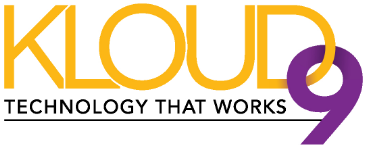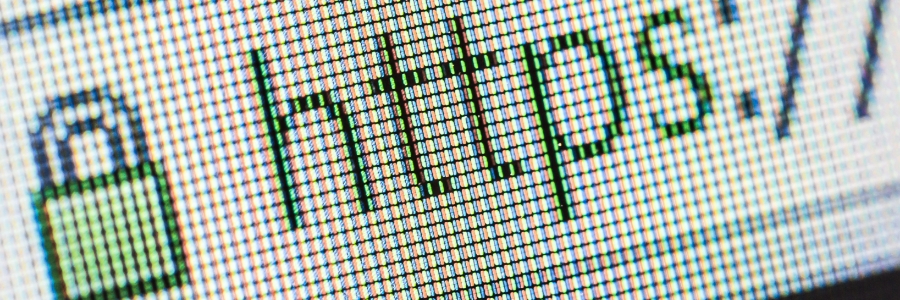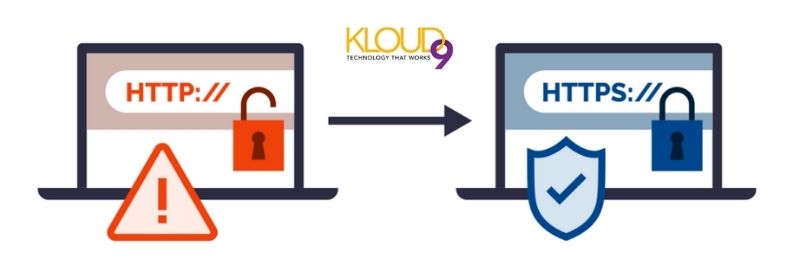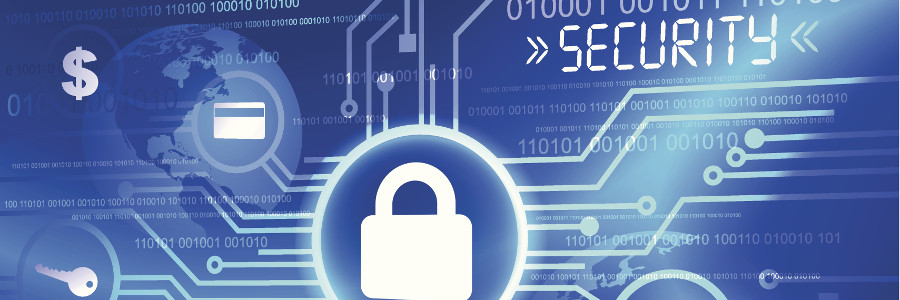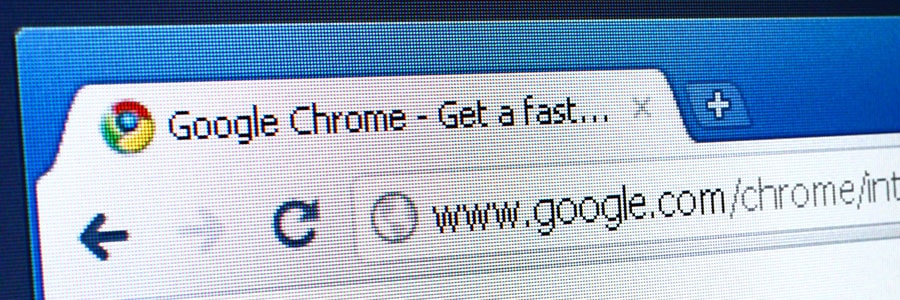It's no secret that the internet can be a dangerous place. Hackers, scammers, and identity thieves are always looking for new ways to steal your information or scam you out of your hard-earned money. That's why it's critical to take steps to protect yourself while you're online.
Why HTTPS matters for your cybersecurity
Learn why you should only visit HTTPS sites

Everyone uses the internet daily for a variety of reasons: to work, shop, or communicate with other people. Browsing the internet has become so commonplace that we often forget to check whether the websites we visit are safe. Let this serve as a reminder: a website can be deemed safe if the website’s URL has an “S” after the “HTTP.” Learn why that “S” matters.
The Complete Guide On Switching HTTP To HTTPS
Make site visitors feel secure with these tips
Better internet security: Easy as 1, 2, 3
Why is HTTPS important?

Many internet users still do not understand what the padlock icon in their web browser’s address bar is for. It represents HTTPS, a security feature that authenticates websites and protects the information users submit to them. This is an important feature that lets users know whether the site they are visiting is secure or not.
5 Cybersecurity measures anyone can master
Chrome to mark HTTP as ‘not secure’
The importance of HTTPS

Very few internet users understand the meaning of the padlock icon in their web browser’s address bar. It represents HTTPS, a security feature that authenticates websites and protects the information users submit to them. Let’s go over some user-friendly HTTPS best practices to help you surf the web safely.
Phishers use encrypted sites to scam
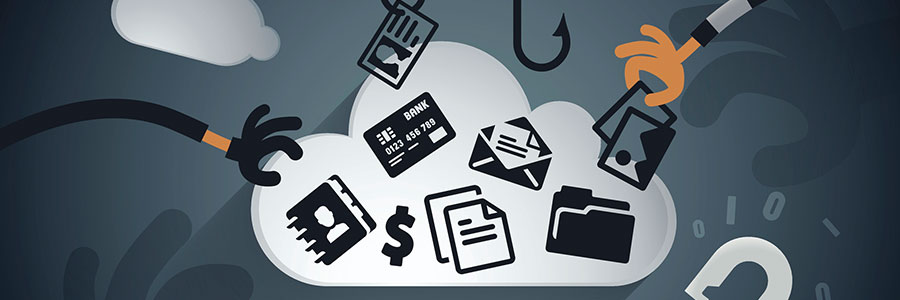
Just when you thought cyber criminals couldn’t get smarter, along comes a new scamming technique. Previously used for safeguarding browsing activity, encryption tools are now used by hackers in carrying out phishing scams. This means some fraudulent sites may have HTTPS on their address, giving users a false sense of security.
- 1
- 2
